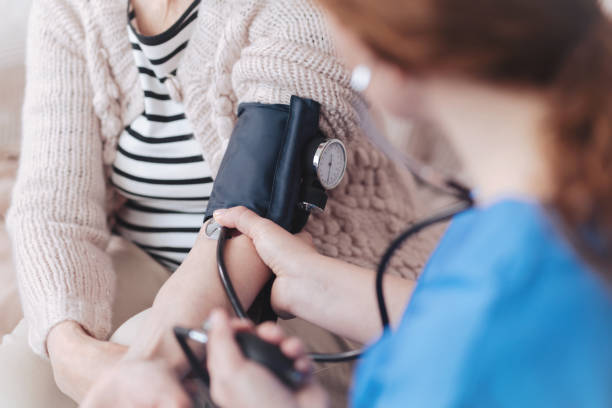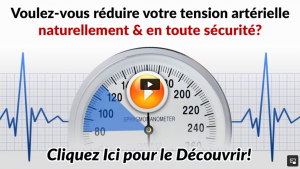The #1 Rated Blood Sugar Formula
Important Facts Why We Get False Blood Pressure Readings

Accurate and reliable blood pressure (BP) measurement is critical for the proper diagnosis and management of hypertension. So much so that a 5 mm Hg BP measurement error can lead to incorrect hypertension classification in 84 million individuals worldwide, according to a position statement published in the Journal of Hypertension. Understanding the ways BP measurement goes wrong, and how to tackle them, can improve diagnosis and management of hypertension.
“Many measurement errors can be minimized by appropriate patient preparation and standardized techniques. Validated semi-automated or automated upper arm cuff devices should be used instead of auscultation to simplify measurement and prevent observer error.
The position statement cites multiple causes of inaccuracy in measurement. Here are four ways BP measurement goes wrong and how to address them.
There are instances in which the BP-measurement error is caused by the patient. Acute meal ingestion, caffeine or nicotine use can all negatively affect BP readings, leading to errors in measurement accuracy. If the patient has a full bladder, that can lead to an error in systolic BP of between 4 mm Hg and 33 mm Hg, compared with the white-coat effect can have an error of up to 26 mm Hg.
It is important for the patient to rest comfortably in a quiet environment for five minutes in a chair. The patient should also have an empty bladder and not have eaten, ingested caffeine, smoked or engaged in physical activity at least 30 minutes before the measurement.
Errors can also occur due to inaccuracies with the procedure. For example, having the patient’s arm lower than heart level can lead to an error of 4 mm Hg up to 23 mm Hg. Procedure related error might also occur if the patient’s legs are crossed at the knees or if the patient is allowed to talk during the BP measurement. A fast deflation rate also can harm accuracy.
If a cuff is too small or too large, errors in measurement can occur. Adding to inaccuracy is automated device variability, which can account for average error in systolic BP of between -4 mm Hg and -17 mm Hg.
“An important issue with automated devices is that many have not been clinically validated for measurement accuracy,” says the statement. “Clinical validation involves demonstrating that the device meets the accuracy requirements of international BP measurement standards.”
The process of clinical validation involves performing a protocol-based comparison using multiple measurements against blinded, two-observer auscultatory reference standard. For greater accuracy, only validated devices should be used.
One common error in the clinical setting is failure to include a five-minute rest period. Errors can also include talking during the measurement procedure, using an incorrect cuff size and failure to take multiple measurements.
Time constraints are also quite common for casual measurements. This is because a casual reading takes about two minutes to perform compared with eight minutes for a standardized measurement. Physician readings were also found to be higher than nurse readings, which is the white coat effect in action.
The physician, nurse or other health professional is responsible for performing proper BP measurement while ensuring—to the greatest extent possible—that all potential causes of inaccuracy are avoided.
Training programs can lead to short-term success in BP readings. These can be web-based or in-person. However, shorter web-based programs are preferred because of their practical advantages, lower cost and scalability.
Quality improvement programs that combine use of automated office BP measurement with physician and care team education on proper measurement, as well as advice on clinical workflow enhancement, can also improve readings.
How do I know if my blood pressure machine is accurate?
“If the systolic blood pressure (the top number) on your cuff is within 10 points of the monitor, then it's generally accurate,” he says. Most home blood pressure machines last for about two or three years. After that, check it at your doctor's office annually to make sure it's still accurate.






